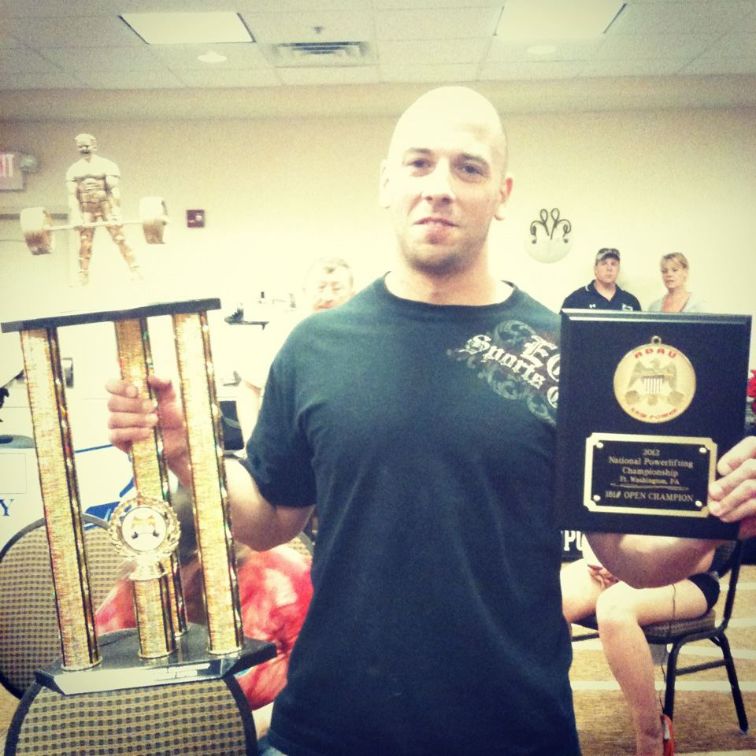

In 1966, the Society of Amateur Weightlifters re-joined BAWLA and, in order to fall into line with the American lifts, the Curl was dropped and replaced with the Deadlift. In the late 1950s, and because the ruling body (BAWLA) were only interested in the development of Olympic lifting, a breakaway organization called the Society of Amateur Weightlifters had been formed to cater for the interests of lifters who were not particularly interested in doing Olympic lifting.Īlthough at that time there were 42 recognized lifts, the “Strength Set” ( Biceps Curl, Bench Press, and Squat) soon became the standard competition lifts, and both organizations held Championships on these lifts (as well as on the Olympic lifts) until 1965. During the same period, lifting in Britain also had factions. In 1965 the first named USA National Championships were held. Bob Hoffman became more and more influential in the development of this new lifting sport and organized ‘The Weightlifting Tournament of America’ in 1964 – effectively the first US National championships. The magazine’s first Editor was the world-renowned John Grimek.ĭuring the late 1950s and early 1960s various ‘odd lift’ events gradually developed into the specific lifts – the bench press, the squat, and the deadlift and lifted in that order. As America’s (and Bob Hoffman influence in the world of weightlifting was declining and in order to combat the growing influence of Weider, Hoffman started another magazine [Muscular Development which would be focused more on bodybuilding and the fast-growing interest in ‘odd-lift’ competitions. But his company was now making powerlifting equipment to make up for the sales it had lost on Olympic-style equipment.ĭuring the late 1950s, Hoffman’s York Barbell Company, his influence in Olympic lifting and his predominately Olympic-lifting based magazine Strength and Health were beginning to come under ever-increasing pressure from Joe Weider’s organization. Ironically, Bob Hoffman, the owner of York Barbell, had been a long-time adversary of the sport. The first genuine national ‘meet’ was held in September 1964 under the auspices of the York Barbell Company. A national championship was tentatively scheduled for 1959, but it never happened. In 1958, the AAU‘s National Weightlifting Committee decided to begin recognizing records for ‘odd lifts’.

During the 1950s, Olympic weightlifting declined in the United States, while strength sports gained many new followers. Previously, the weightlifting governing bodies in both countries had recognized various ‘odd lifts’ for competition and record purposes.

The modern sport originated in the USA and the Uk in the 1950s. The roots of powerlifting are in traditions of strength training stretching back as far as Greek and Roman times. Local, national and international competitions have also been sanctioned by other federations operating independently of the IPF. Powerlifting has been a Paralympic sport (bench press only) since 1984 and, under the IPF, is also a World Games sport. Ĭompetitions take place across the world but mostly in the United States, Canada, United Kingdom, Iceland, Egypt, Sweden, Finland, Russia and Ukraine. Weight belts, knee sleeves, wrist wraps and special footwear may also be used, but are not considered when distinguishing equipped from un-equipped lifting. In some federations, knee wraps are permitted in the equipped but not un-equipped division in others, they may be used in both equipped and un-equipped lifting. Equipment in this context refers to a supportive bench shirt or squat/deadlift suit or briefs. In competition, lifts may be performed equipped or un-equipped (typically referred to as ‘raw’ lifting or ‘classic’ in the IPF specifically). Eventually odd lifts became standardized to the current three.

Powerlifting evolved from a sport known as “odd lifts”, which followed the same three-attempt format but used a wider variety of events, akin to strongman competition. As in the sport of Olympic weightlifting, it involves lifting weights in three attempts. Powerlifting is a strength sport that consists of three attempts at maximal weight on three lifts: squat, bench press, and deadlift.


 0 kommentar(er)
0 kommentar(er)
